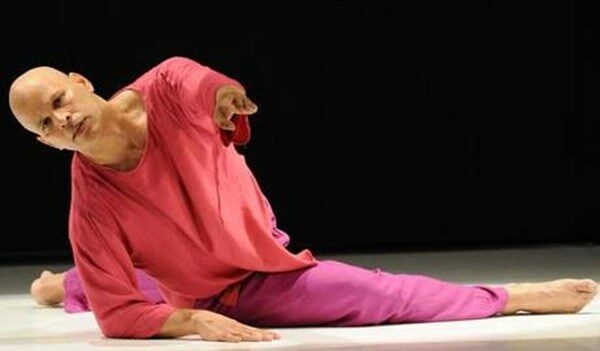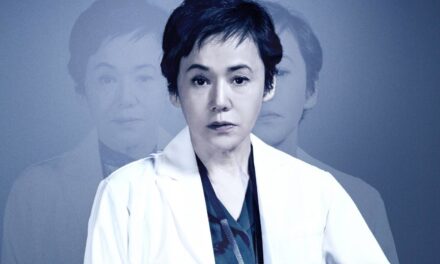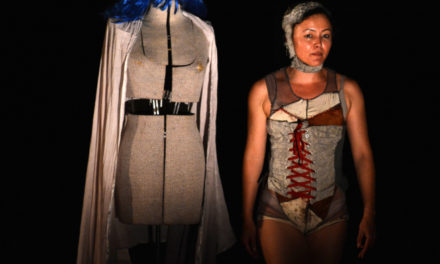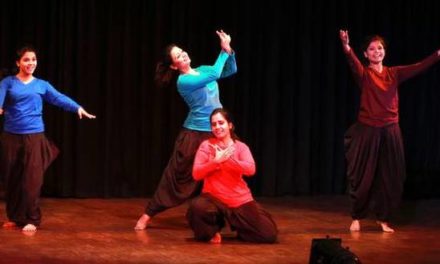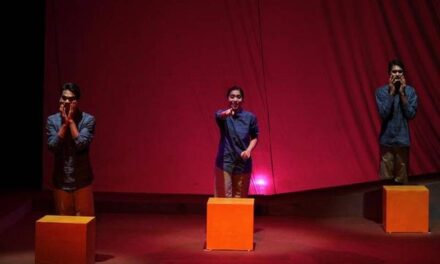International movement artist Jayachandran Palazhy feels that despite their so-called abstract nature, contemporary performances talk to everyone, but in different ways.
Stoop down, imagine that you are scooping up a rock, and fling it to the opposite side with momentum. The whole body here narrates a seemingly mundane action: “‘Momentum’ is the key word here,” says Hemabharathy Palani of Attakkalari Centre for Movement Arts to a couple of students who watch her keenly. As she proceeds to do this action, her body flows: each action trailing the other as water does along a steep surface. The students follow suit, trying to grasp the complex movements, only in vain.
This is a scene from the Chennai chapter of the country-wide workshops that Attakkalari has been conducting over the past month. As movement arts gain more traction, this Bengaluru-based 26-year-old institute is embracing the positive change. MetroPlus talks to the founder, Jayachandran Palazhy, an internationally-acclaimed movement artist.
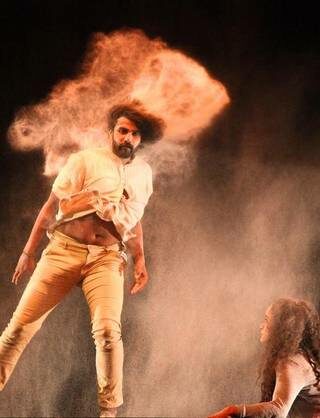 How has the response for the India-wide workshops and auditions to Attakkalari been? Do you think the response can be attributed to a new wave of movement arts gaining traction?
How has the response for the India-wide workshops and auditions to Attakkalari been? Do you think the response can be attributed to a new wave of movement arts gaining traction?
Except in Chennai, the response in Delhi, Pune, and Kolkata have been great. I think this is generally propelled by this desire to look at alternate modes of education to fulfill one’s life. There is more interest in terms of experiential things in life. Then there is this idea of possessing something — people are always looking for immersive experiences. Interest in such experiences and self-evolution has definitely improved. In fact, parents too have started encouraging this, which was not the case earlier.
Can you comment on such educational options in India?
There are many universities that provide programs in performing arts, especially contemporary movement arts. Attakkalari is also running credit courses in a few institutions. Psychologists and educationalists are increasingly saying that there is need to encourage multiple intelligence within the child — such as kinesthetic, musical, interpersonal intelligence and so on. Movement plays a major role here. In earlier days, this used to be part of our upbringing where we naturally engaged with dance and music. But now, in the urban centers, there are not enough facilities that encourage this practice.
From your experience, has people’s outlook towards dance as an art form, changed?
When I started out, it was a big worry for the parents who looked solely at financial feasibility. More than that, society was also polarised between classical and contemporary forms. But all that has disappeared from the discourse.
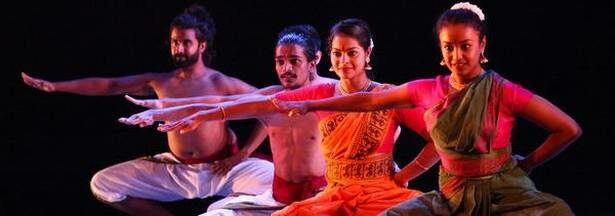
The permissibility has improved and the accessibility to different forms of art has increased tremendously. There were no institutions that were solely devoted to movement arts when I was growing up. In fact, this is also what led me to set up Attakkalari. And, I had to come with a curriculum by myself, with no one to guide me. That is not the case for young people now, information is easily available.
Do you think people are open to the idea of interpreting classical forms in a contemporary way?
If you are used to particular rules and concepts, you are going to look for that. When the country was opening up to the world, there was a bit of discomfort — lack of information, fewer opportunities of viewing were the reasons. But that has changed. Highly recognized artists are open to having dialogues and incorporating ideas that don’t necessarily conform to tradition. In Chennai, for instance, I am always met with veteran artists like Padma Subramaniam ma’am, Prof Chandrasekhar and the Dhananjayans, who are very open to contemporary ideas. They are great artists and that transcends these little boxes any day. Ultimately, everyone is a product of their times and history and opening up to newer experiences without devaluing our own heritage is key.
As a performer, have you encountered the opinion that contemporary performances are abstract and hence harder to decipher? Does this limit movement arts to a niche audience?
I have often encountered this question. If we can experience a smell or hear music, we can have an emotional response even though it doesn’t have a literal meaning. This sensorial narrative can take a figurative or literal form. That doesn’t mean that it is not resonant with the audience. My belief is that anything in life is a series of patterns. The appreciation comes when the audience is able to recognize the pattern. There, it need not be figurative always: the ability to appreciate and decipher this pattern comes from a certain level of exposure to the arts.
This article was originally published by Gowri S. in The Hindu on May 8, 2019, and has been republished with permission.
This post was written by the author in their personal capacity.The opinions expressed in this article are the author’s own and do not reflect the view of The Theatre Times, their staff or collaborators.
This post was written by Gowri S.
The views expressed here belong to the author and do not necessarily reflect our views and opinions.

